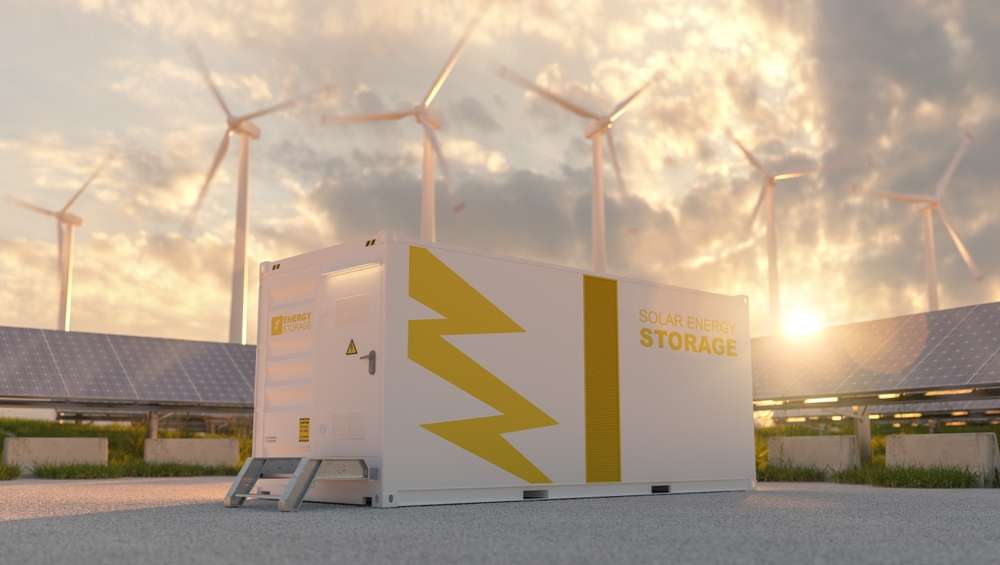Light-Powered Processors: The Dawn of Photonic Computing
Intro: A new era is dawning in the world of computing, where light, not electricity, powers processors. Photonic computing, a technology that uses light particles (photons) instead of electrons to process information, is becoming a potential game-changer in the industry.

Background: The Journey Towards Photonic Computing
The idea of using light to process data isn’t new. It dates back to the 1960s when Gordon Moore, co-founder of Intel, first predicted that the number of transistors on a chip would double approximately every two years. This prediction, famously known as Moore’s Law, has been the guiding principle of the semiconductor industry for the past half-century.
However, as we approach the limits of Moore’s Law, new methods of computing are being explored. Enter photonic computing, a form of optical computing that uses photons produced by lasers or diodes for computation.
What’s New: Current Developments in Photonic Computing
In December 2020, an international team of researchers from the universities of Oxford, Münster, Exeter, and Twente successfully developed the first-ever fully integrated photonic microchip. The chip uses light to process data, dramatically increasing processing speeds while reducing energy consumption.
This breakthrough could revolutionize everything from supercomputers to everyday devices like smartphones, making them faster, more energy-efficient, and capable of handling more complex tasks.
Market Impact: The Potential of Photonic Computing
While it’s too early to estimate the exact price range of photonic computing devices, experts predict that their superior speed and energy efficiency could significantly disrupt the existing market.
They could potentially replace electronic computers in environments where speed, power consumption, and resistance to electromagnetic interference are critical. These include data centers, aerospace, and defense, potentially creating a new multi-billion dollar industry.
Factual Backing: The Science Behind Photonic Computing
Unlike electronic computing that uses binary language (1s and 0s) to process information, photonic computing uses the color spectrum. This enables simultaneous processing of a vast amount of data, significantly increasing computing speed and efficiency.
Moreover, as photons don’t produce heat when they collide, unlike electrons, photonic computers don’t require cooling systems, further reducing energy consumption.
Balancing Depth and Accessibility: Making Photonic Computing Understandable
Simply put, photonic computing is like turning on a light switch. When you flip the switch, an electrical signal travels at the speed of light to turn on the light. Photonic computing uses this principle to process data, where the light “flips the switch” on and off to perform calculations.
Imagine your computer running billions of these light switches simultaneously, processing data at speeds that traditional computers could only dream of, with a fraction of the energy consumption. That’s the promise of photonic computing.
In conclusion, while photonic computing is still in its early stages, its potential is undeniable. As we continue to push the boundaries of what’s possible in computing, this light-powered technology could very well be the dawn of a new era in the industry.




